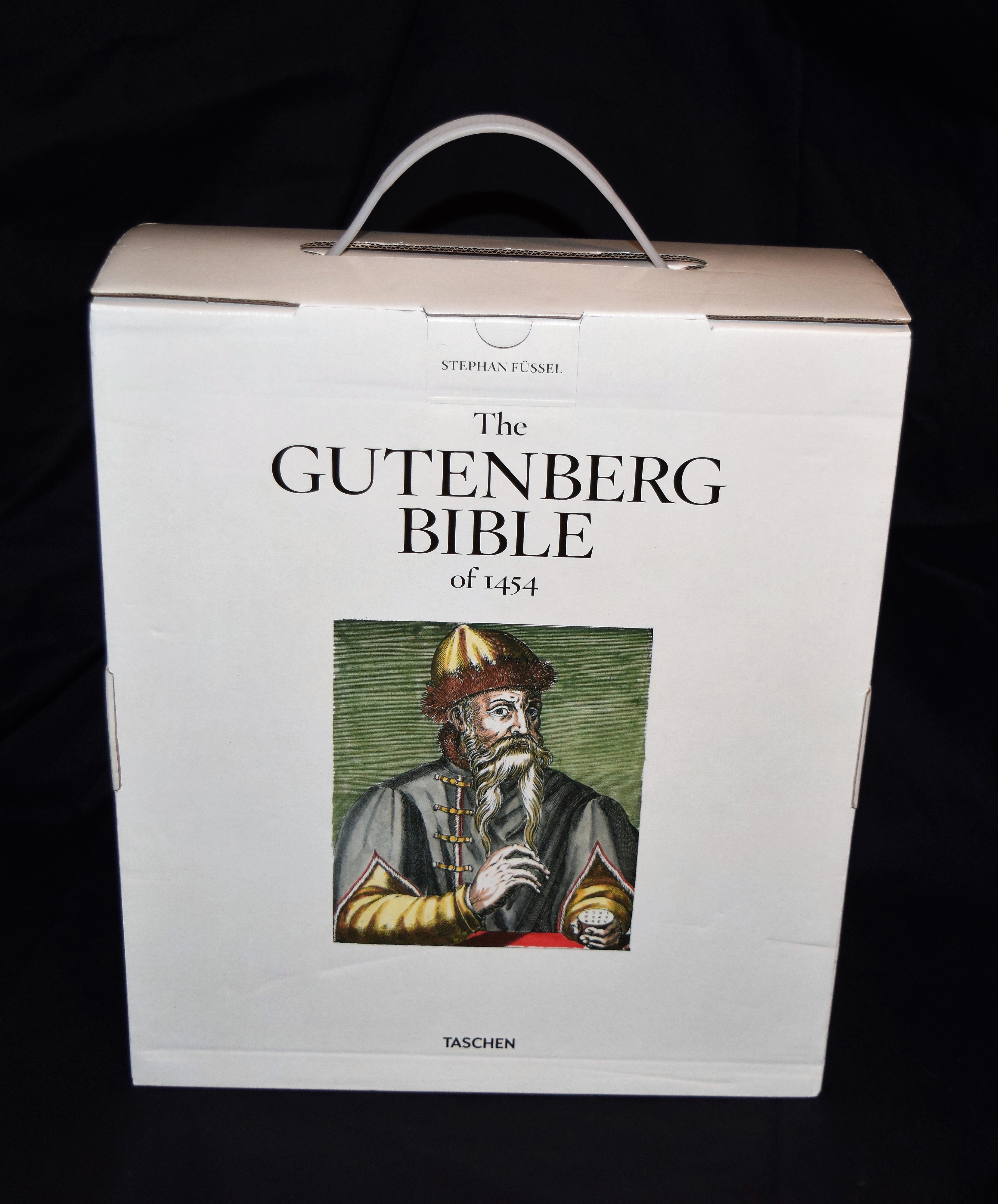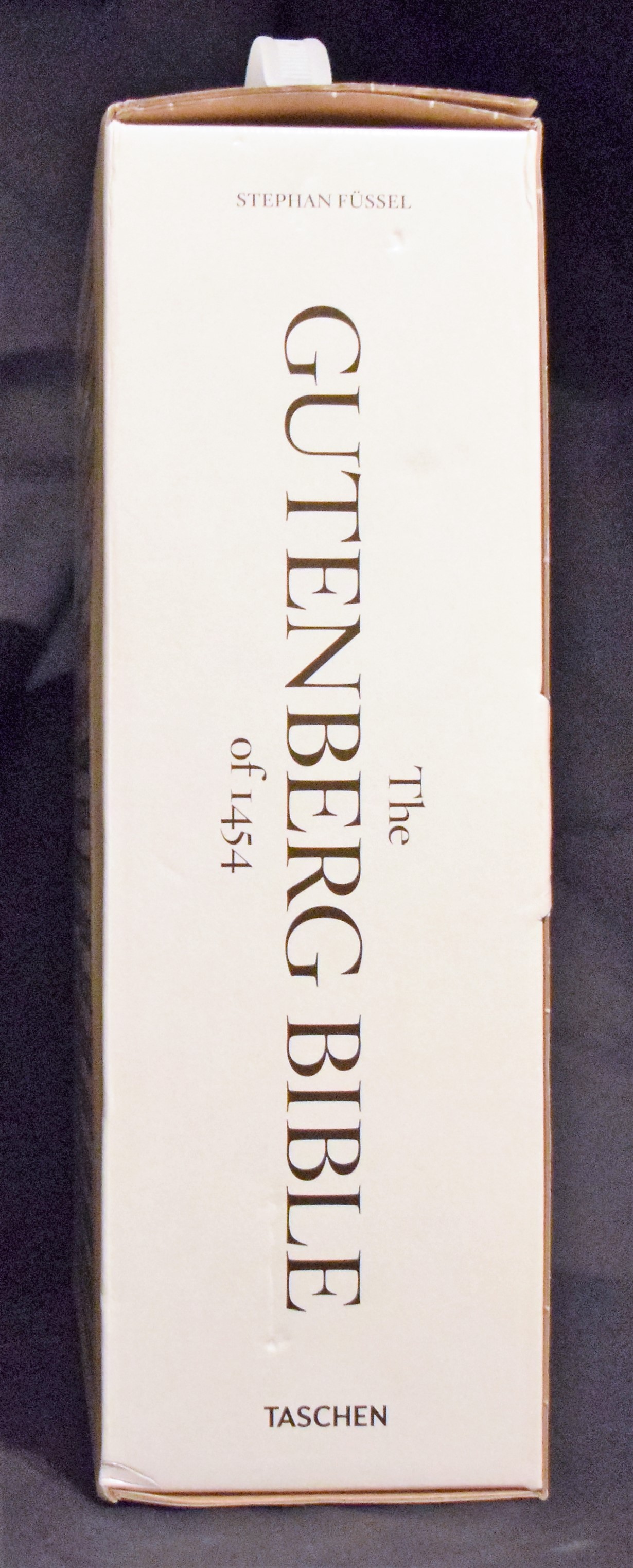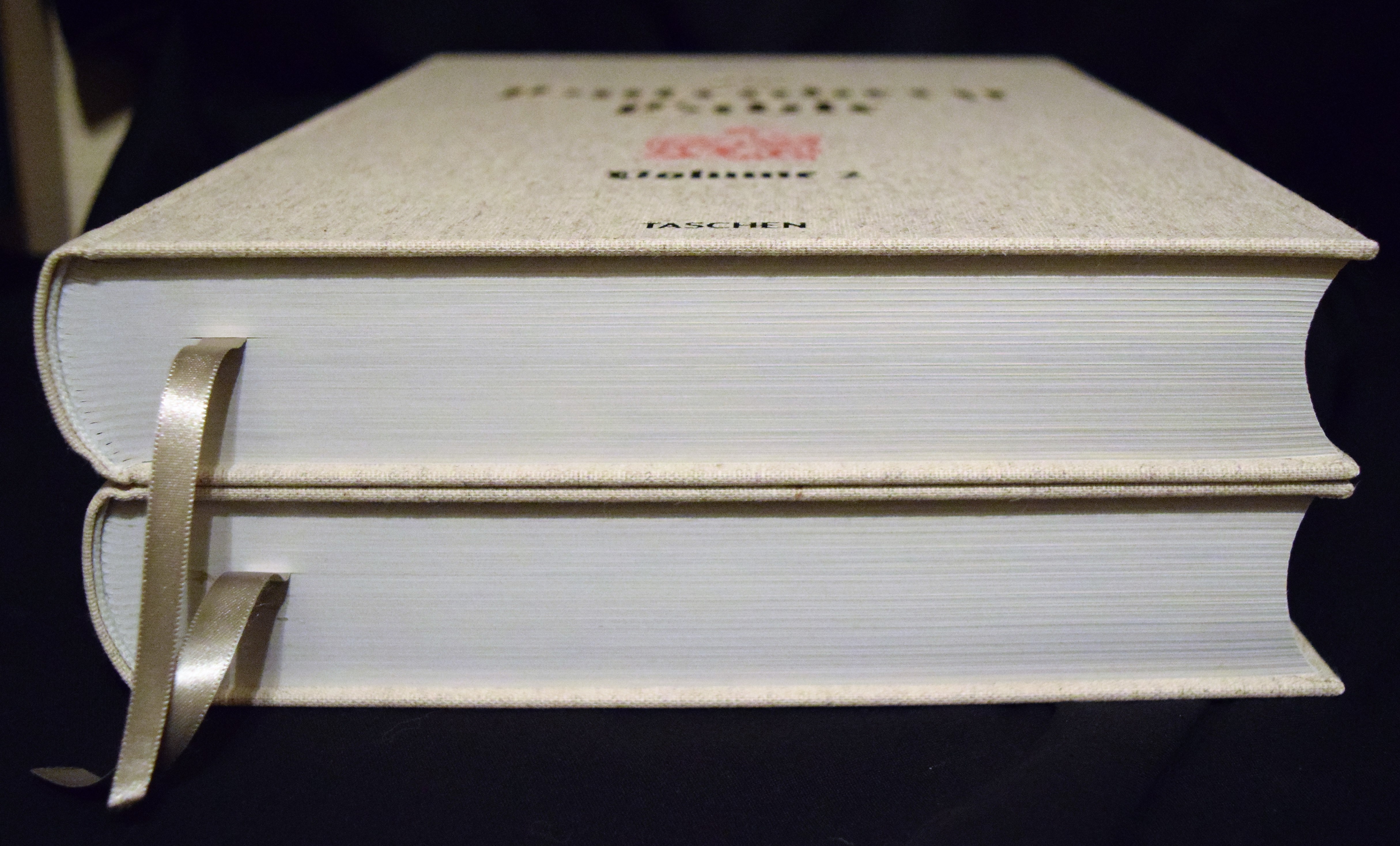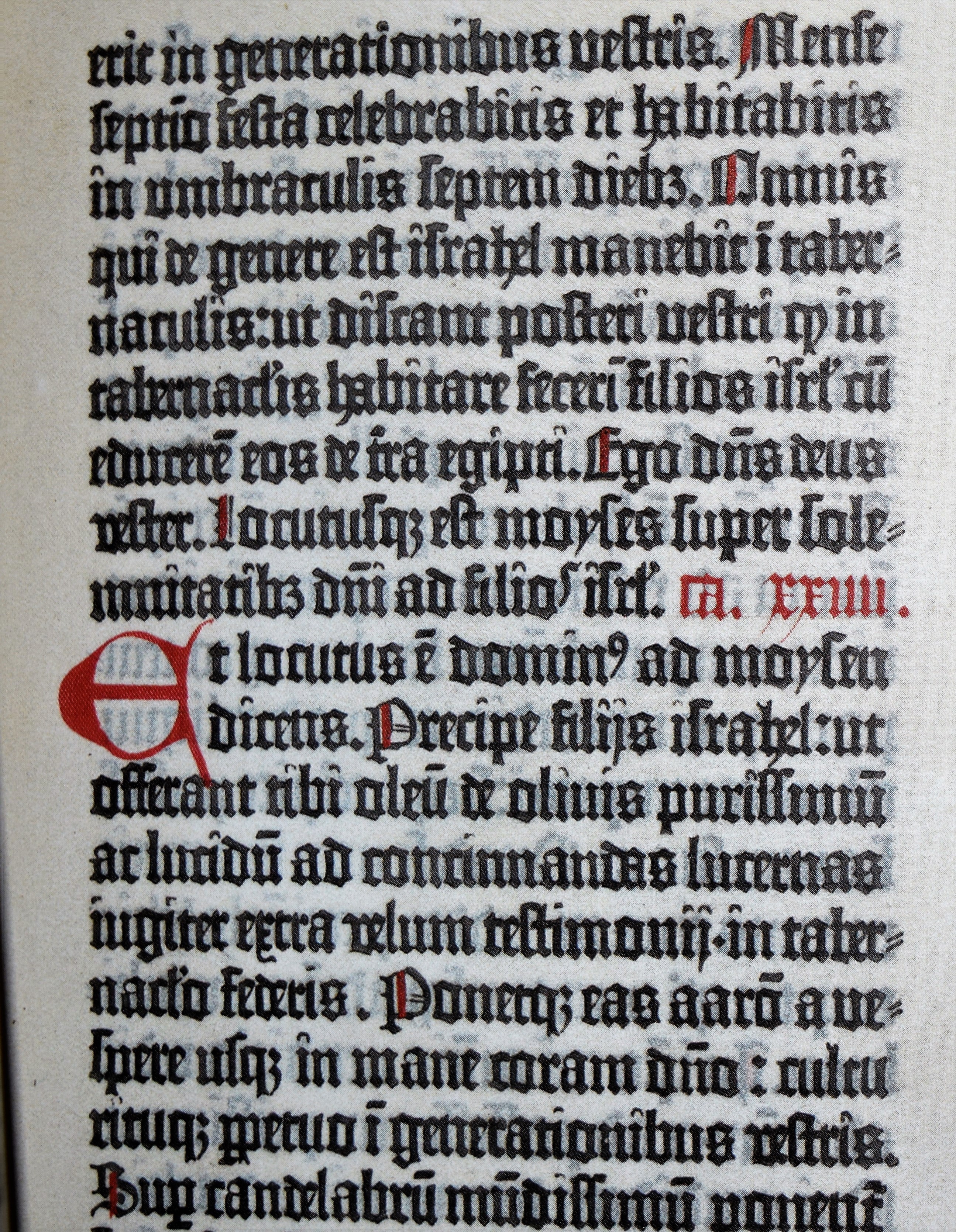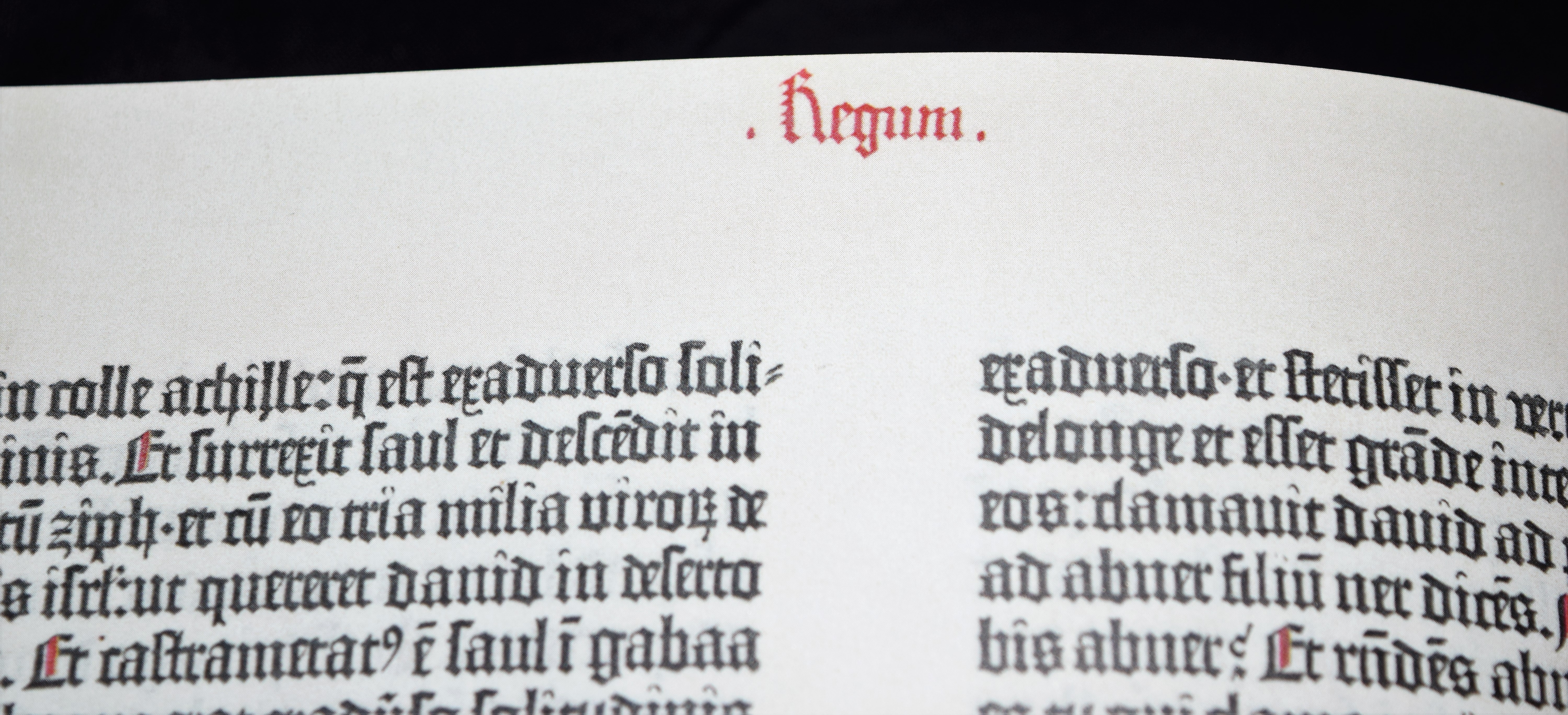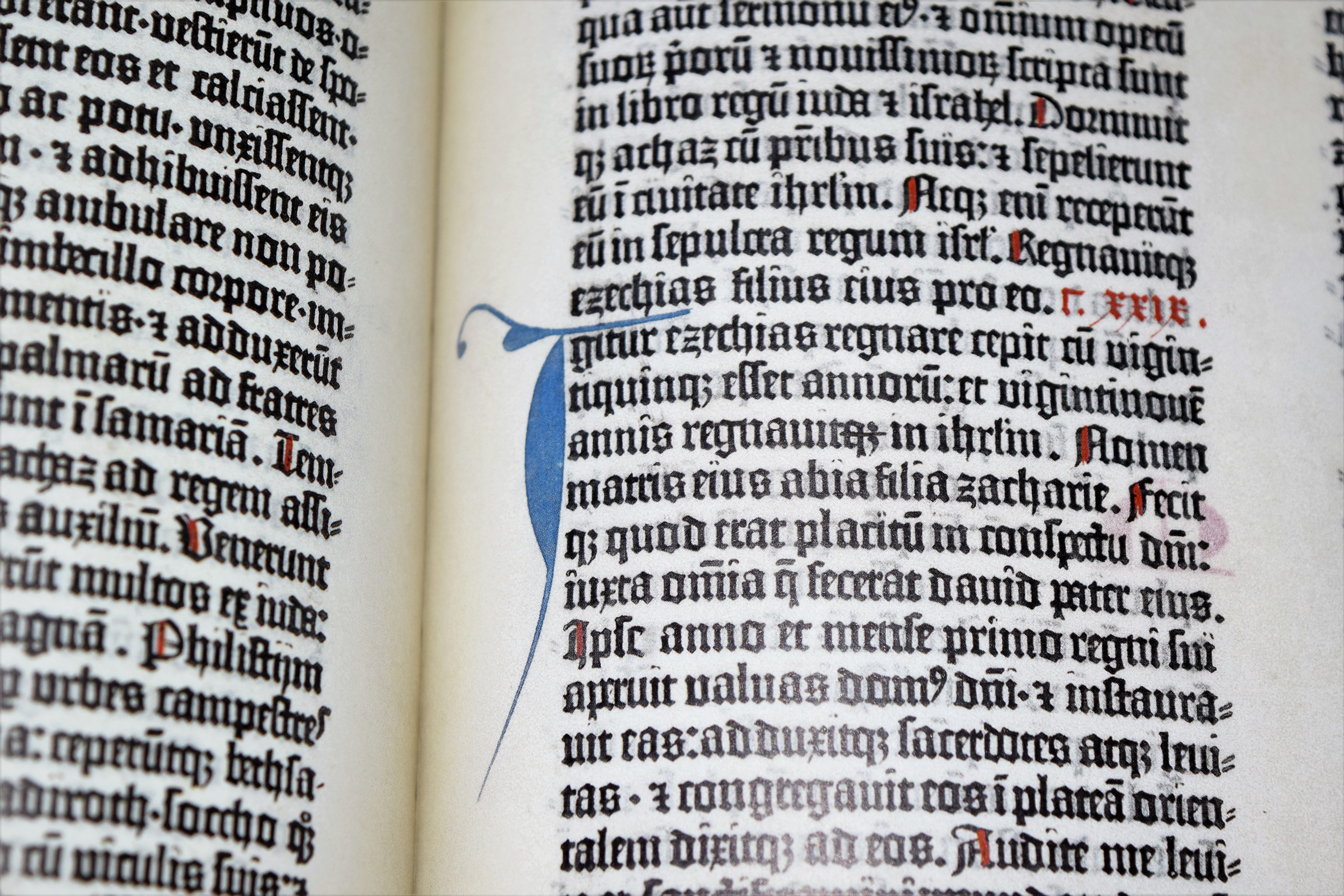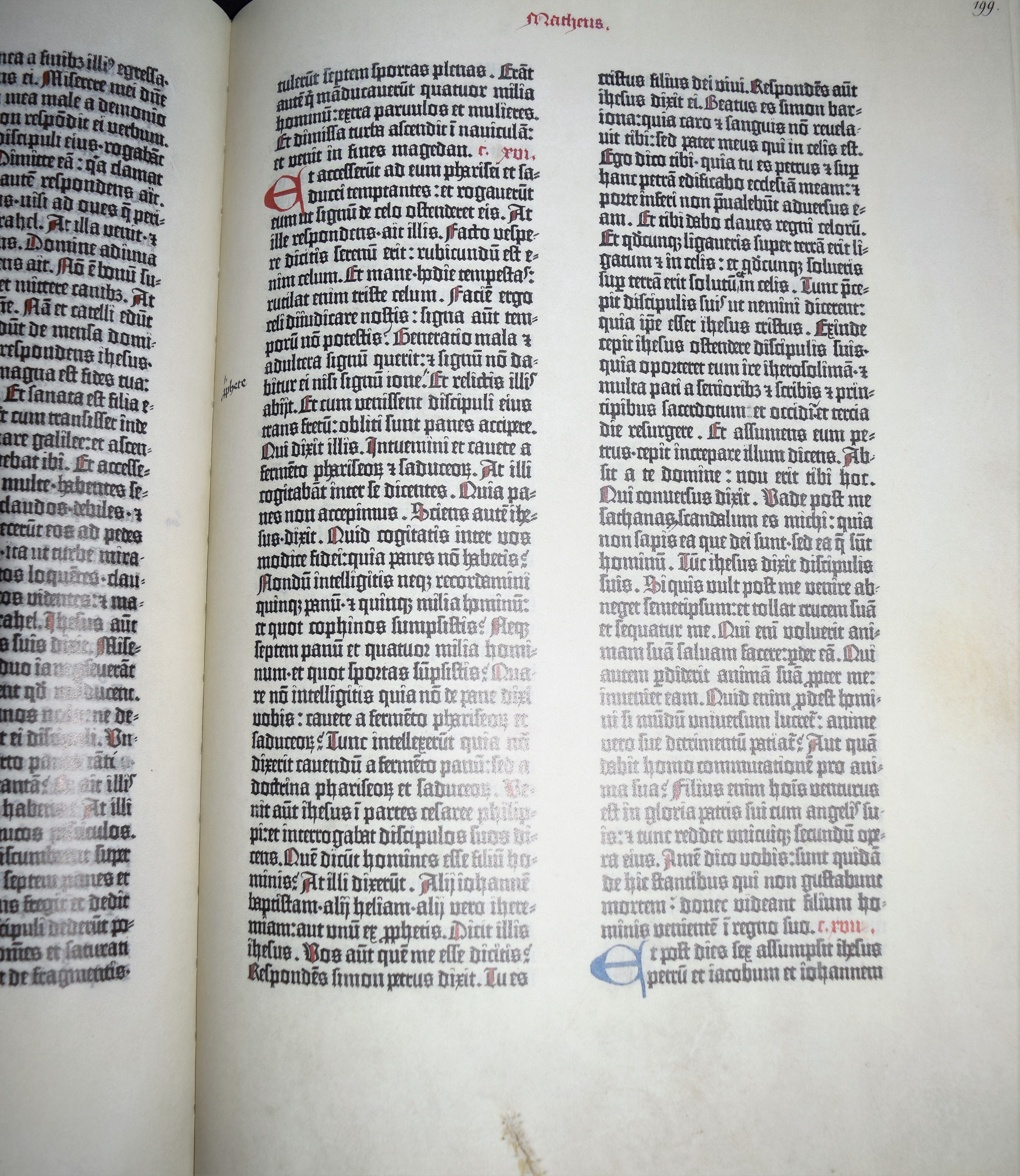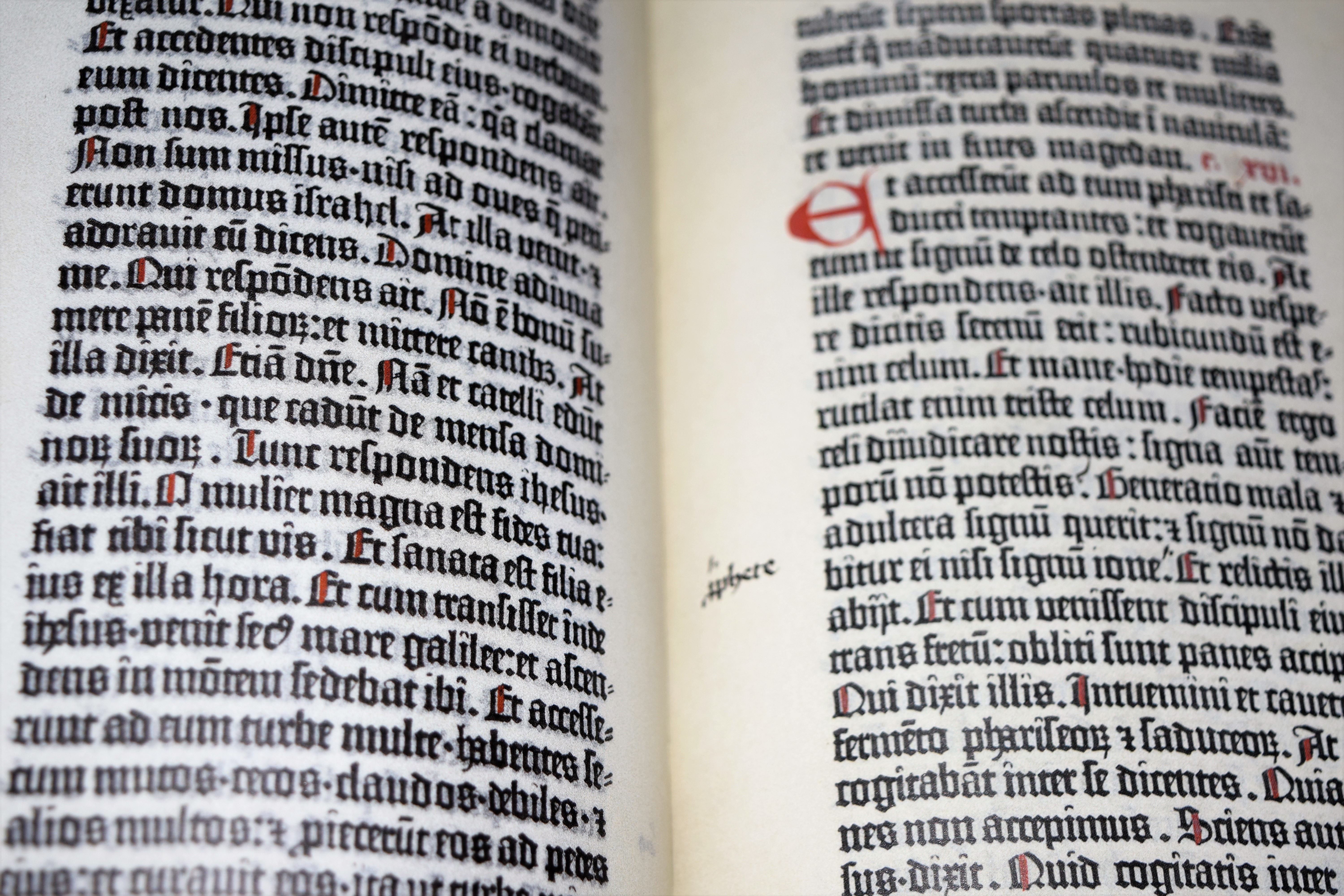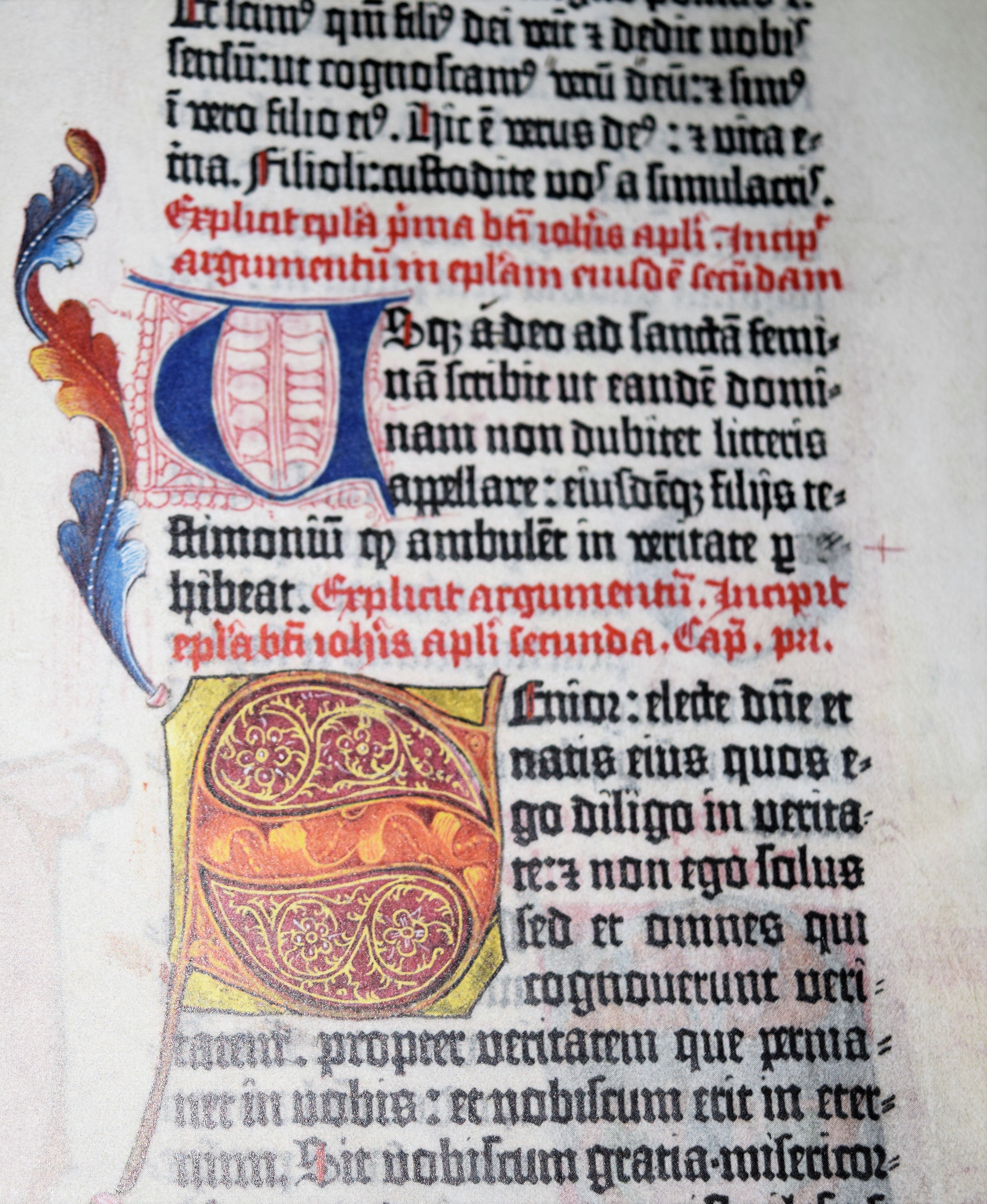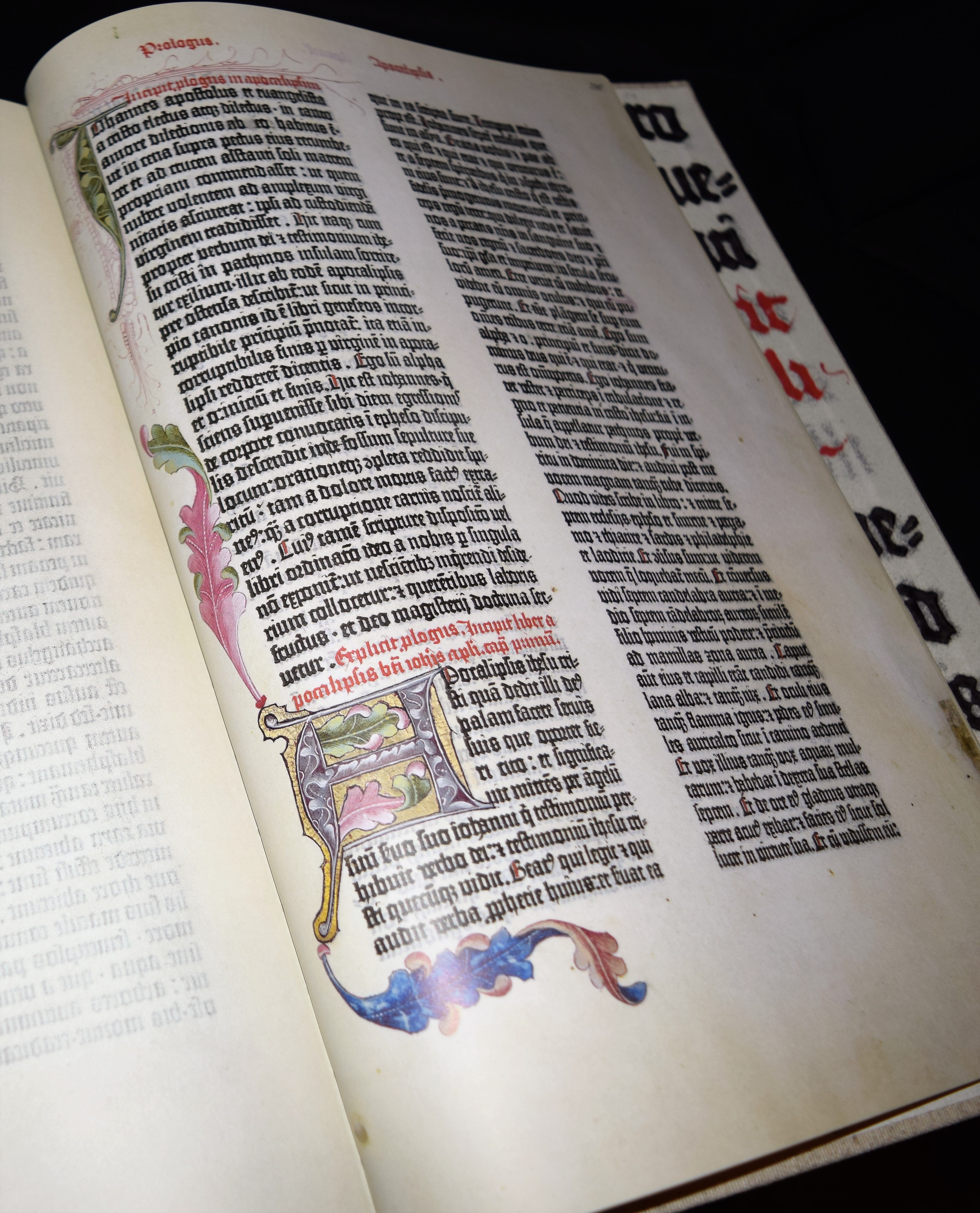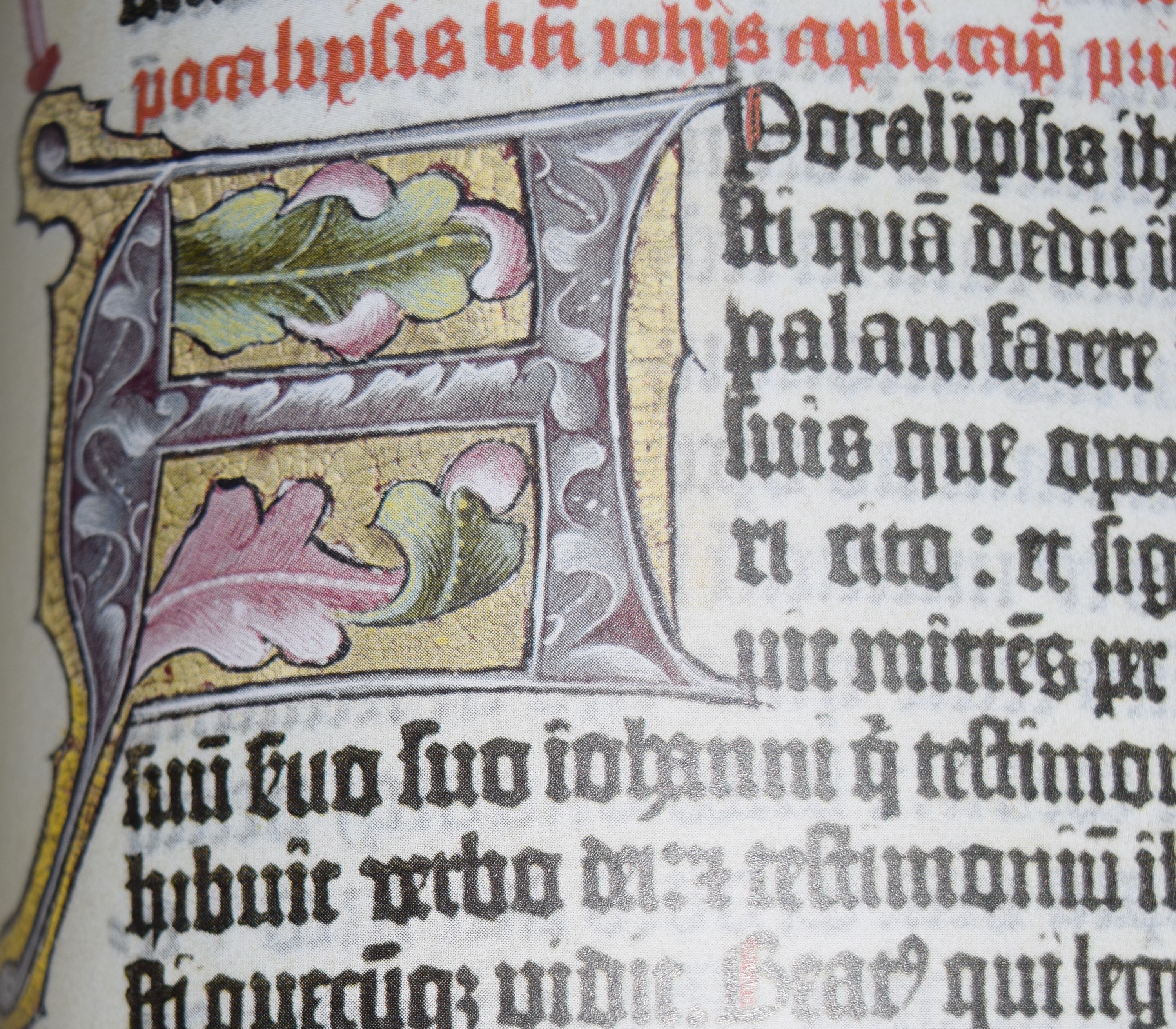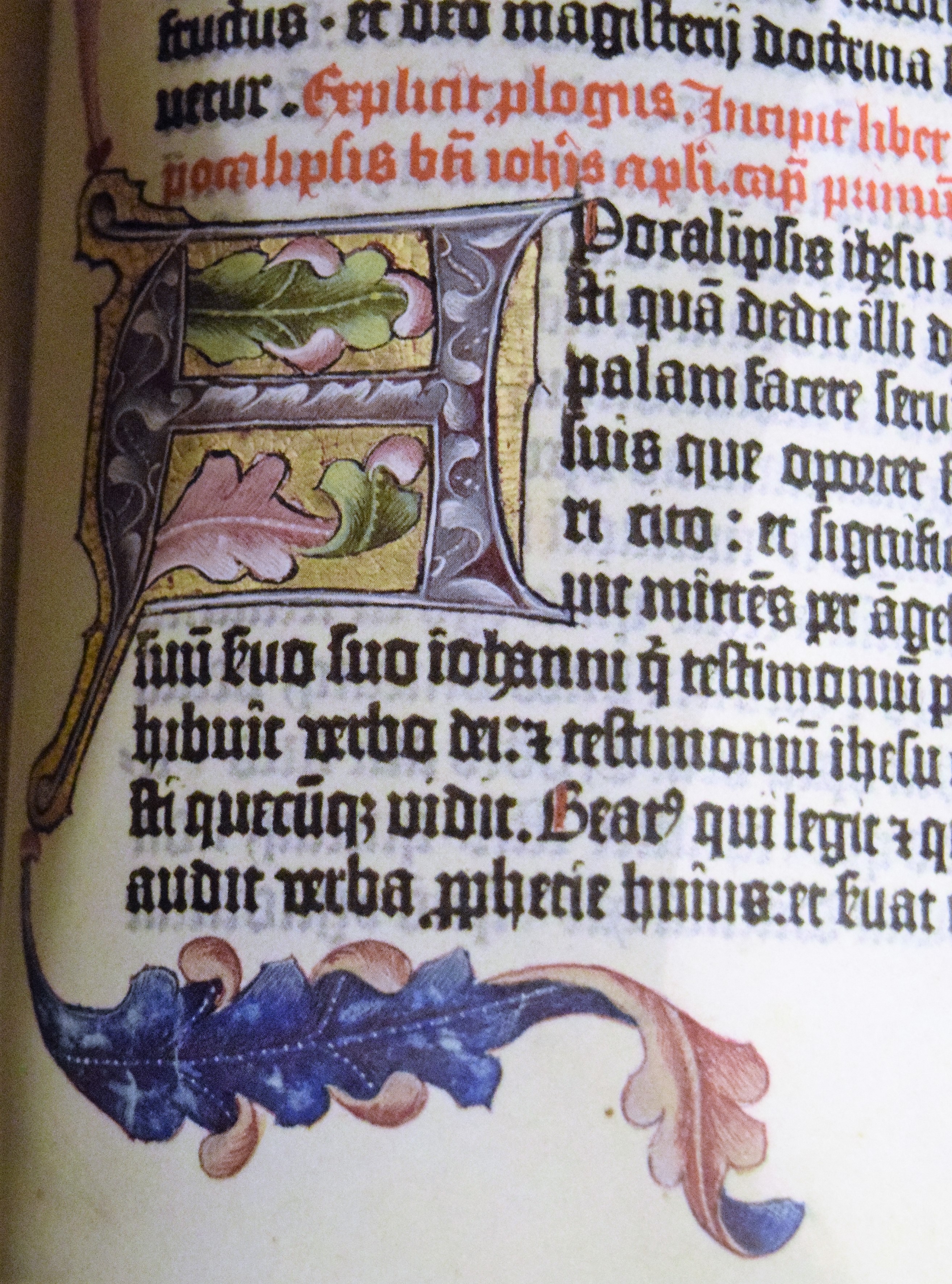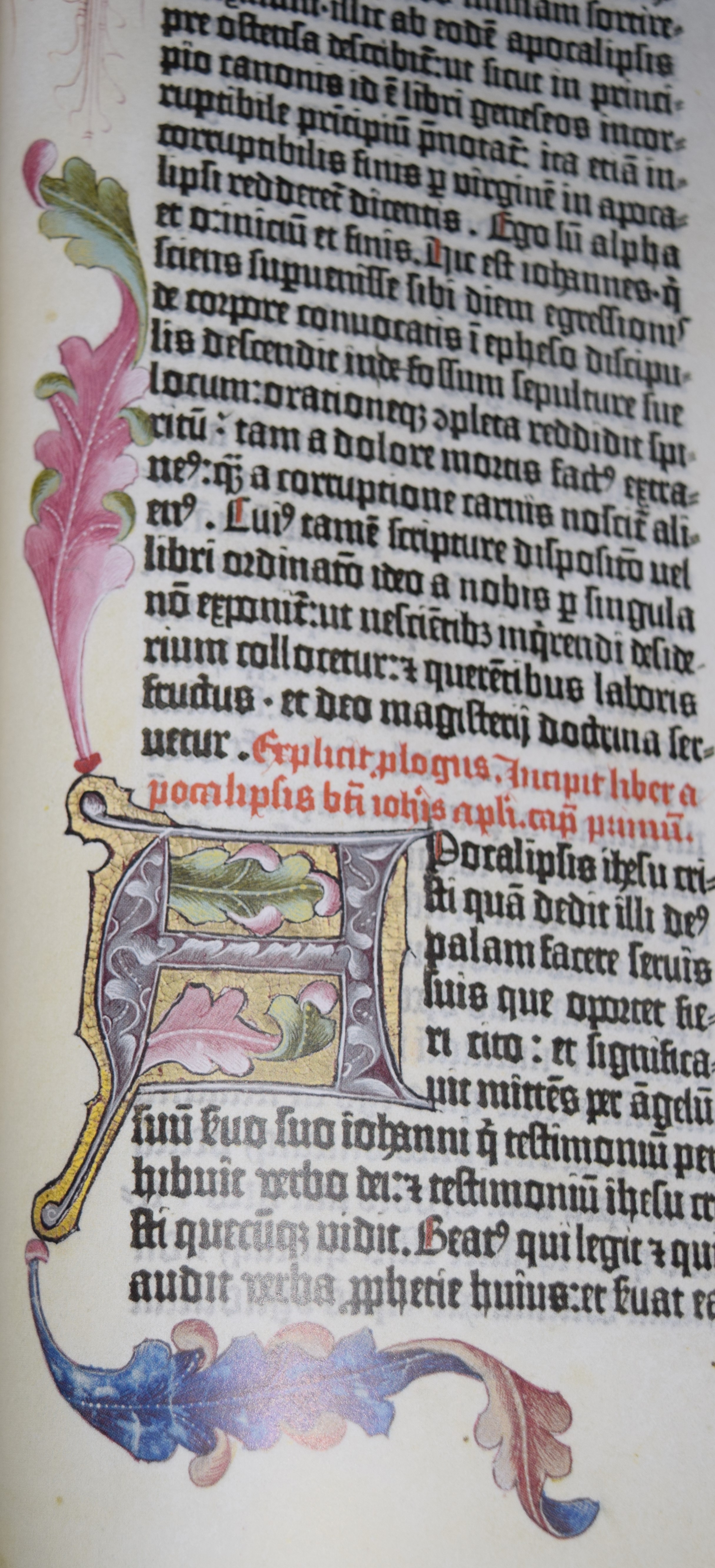History
The Gutenberg Bible is a famous print of the first translation of the Bible to Latin, the so-called Vulgata. It was printed by the German pioneer Johannes Gutenberg in Mainz, Germany. The printing started on February 23, 1455, using loose types. The book is the most famous incunable (printed before 1501) and paved the way for the mass production of books in the Western World. It was printed using Textualis and Schwabacher fonts.
The Gutenberg Bible was thought to be printed in 180 copies, 45 on parchment and 135 on paper. Earlier, it took about three years to complete a book, and Gutenberg printed all his copies at the same time. Then he still had to hand-paint some parts of the book. Because of this artistry, each copy of the Gutenberg Bible is unique.
The Bible is available in two versions: one with 42 rows per page and one with 36. When discussing the Gutenberg Bible, you refer to the edition with 42 rows. However, some specialists, like Richard Schwab and Thomas Cahill, claim that the 36th row is the oldest and that the 42-row edition came later. Others, such as Richard W. Clement, argue that the 36-row edition was printed in 1458, three years after the 42-row version, but using an older font.
Eleven complete copies of the Gutenberg Bible on parchment are preserved. Another example of the New Testament is also available on parchment. In addition, there are 48 copies of the paper edition held. 11 documents can be found in Germany. Four cities have two copies: Paris, Moscow, Mainz and the Vatican. In London, there are three copies and in New York, four.
Our Facsimile Edition
Our facsimile edition, printed by the renowned German publishing house, Taschen, derives from one of the few surviving complete vellum Latin originals in the world; the Göttingen Library edition, one of the most valuable books in the world, listed in the UNESCO Memory of the World program.
This masterwork includes all 1,282 pages (42 rows of text on each side), along with a companion book written by Stephan Füssel, Gutenberg-Chair at Mainz University.
